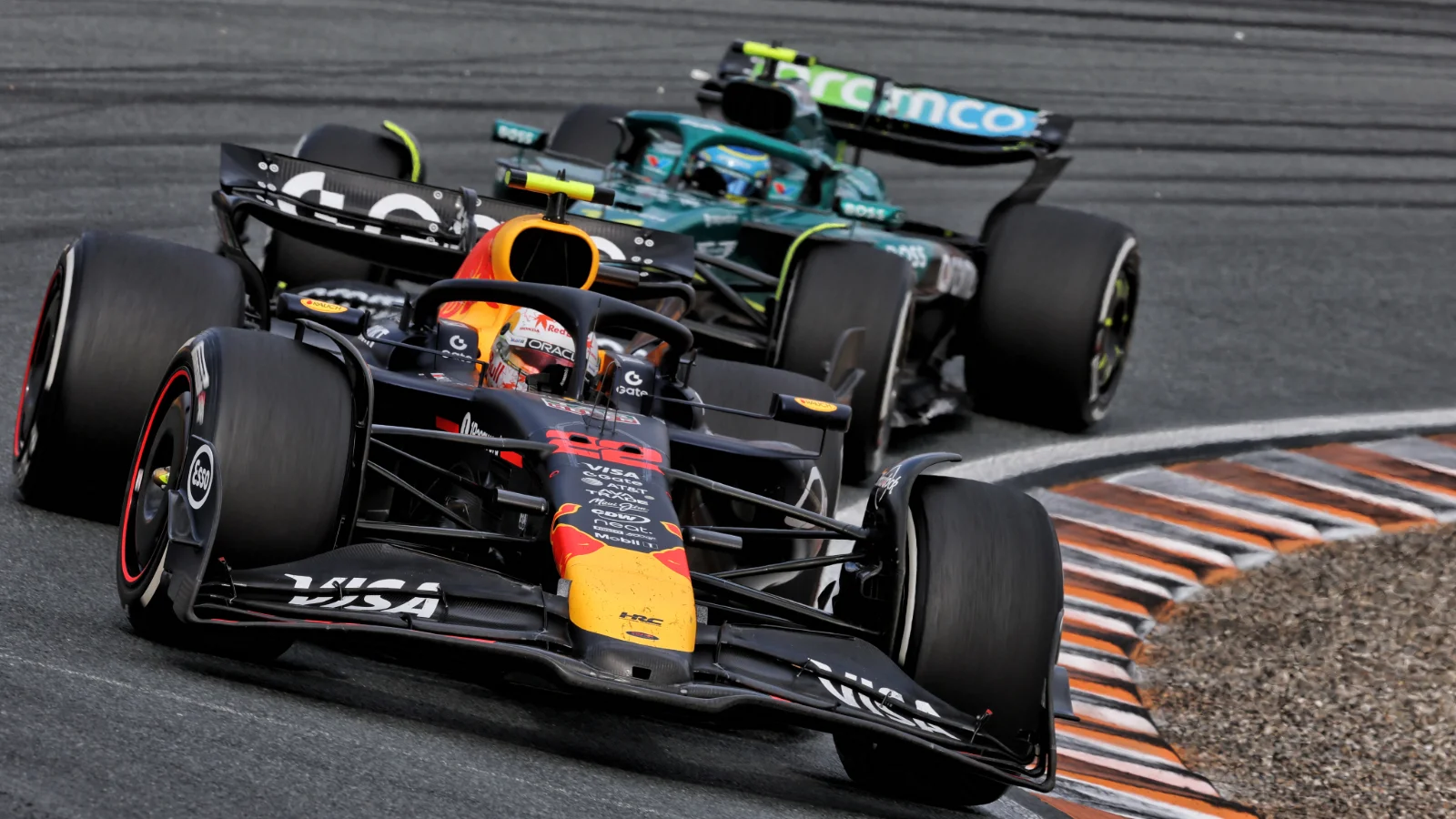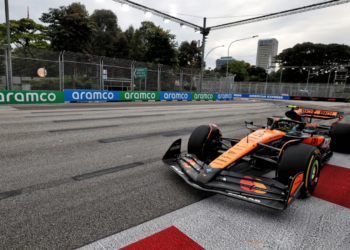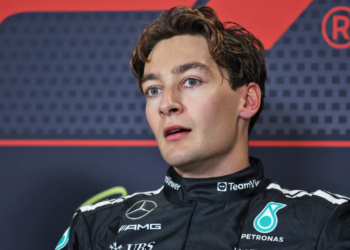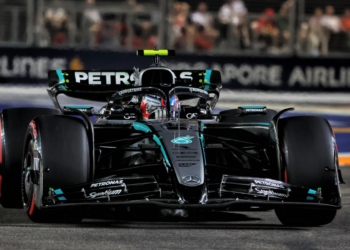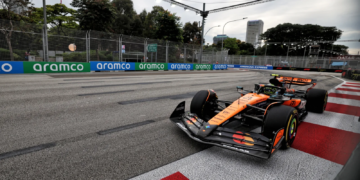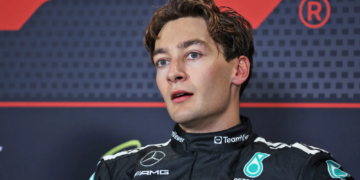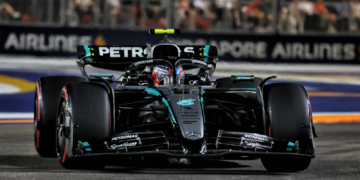Formula 1 has always been a battleground for technical innovation, where the smallest design tweaks can separate champions from also-rans.
Over the decades, the evolution of Formula 1 car design has not only shaped the spectacle on track but also redefined the strategies teams employ. Understanding these changes is key to appreciating the sport’s ever-shifting competitive landscape.
Evolution from simplicity to aerodynamic complexity
In the early days of Formula 1, car design was a relatively straightforward affair. Chassis were simple, aerodynamics were barely considered, and mechanical grip was king. As the sport matured, teams began to realise the immense potential of airflow management.
The introduction of wings in the late 1960s was a turning point, allowing cars to generate downforce and corner at unprecedented speeds. Fast forward to the present, and F1 cars are now marvels of aerodynamic engineering, with every surface sculpted to manage airflow, reduce drag, and maximise grip.
Modern F1 cars feature intricate front and rear wings, complex bargeboards, and floor designs that exploit ground effect. The 2022 regulation overhaul, for example, reintroduced ground effect aerodynamics, aiming to reduce turbulent air and promote closer racing.
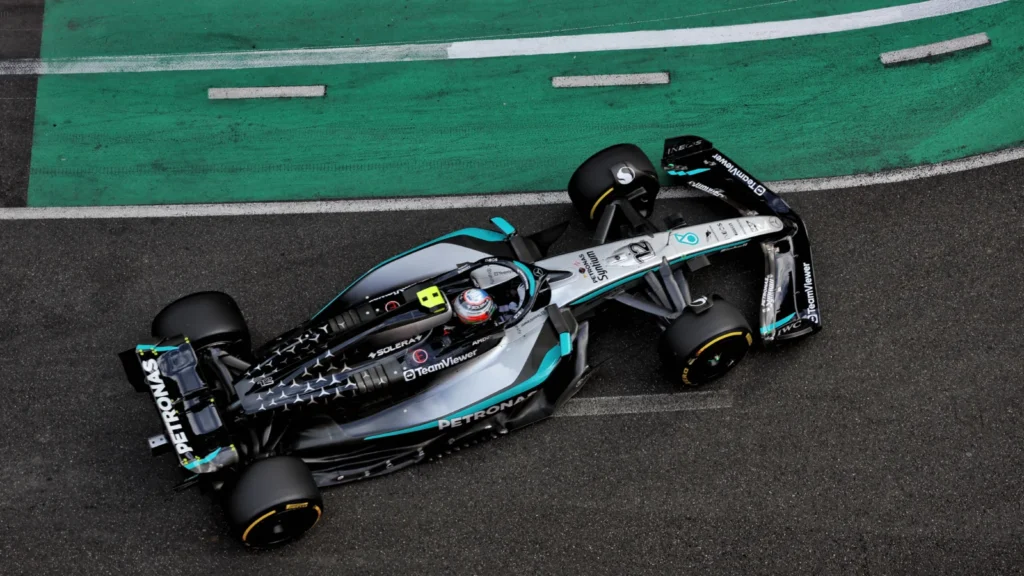
These changes have had a profound impact on how cars behave in traffic, how drivers approach overtaking, and even how teams set up their cars for different circuits. For a detailed look at the current technical rules governing car design, visit the official page outlining F1 technical regulations.
Technical regulations and their effect on performance
Every era of Formula 1 has been defined by its technical regulations. These rules not only dictate what is possible but also encourage innovation within strict boundaries. The shift to hybrid power units in 2014, for instance, forced teams to rethink packaging, cooling, and energy recovery.
More recently, cost caps and standardized components have levelled the playing field, making design efficiency more critical than ever. The constant push and pull between innovation and regulation has led to some fascinating engineering solutions.
Double diffusers, blown exhausts, and the infamous F-duct are just a few examples of teams exploiting loopholes for competitive gain. Today, the focus is on maximizing efficiency—extracting the most performance from limited resources while staying within the rules.
Ways design influences racing dynamics
The evolution of car design has fundamentally altered the dynamics of racing. Aerodynamic wake, for example, has long been a double-edged sword—essential for downforce but detrimental to following cars.
The latest regulations aim to mitigate this, allowing drivers to race more closely and increasing the likelihood of overtaking. Suspension geometry, tire management, and weight distribution are also more critical than ever, as teams seek the perfect balance between speed and tire longevity.
Data analytics now play a pivotal role in understanding how design changes translate to on-track performance. Teams use advanced simulation tools and telemetry to fine-tune setups, predict tire degradation, and optimise race strategies.
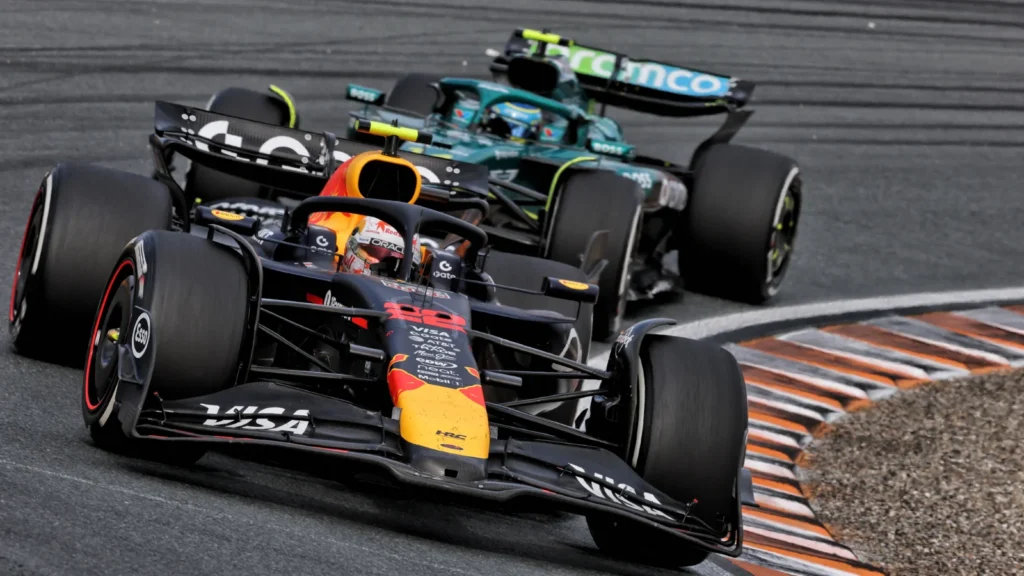
The FIA provides comprehensive data and research essential for understanding trends in motorsport performance and regulations through its FIA motorsport data repository.
Additionally, those interested in the academic side of the sport can explore cutting-edge engineering and analytics in motorsport through this respected journal of technical motorsport research.
What the future holds for Formula 1 car design
As Formula 1 looks to the future, the evolution of car design shows no signs of slowing down. With the 2026 regulation changes on the horizon, teams are already exploring new concepts in aerodynamics, power unit integration, and materials science.
The push for more competitive and entertaining racing continues to drive innovation, ensuring that the sport remains at the cutting edge of automotive technology.
Ultimately, the story of Formula 1 is one of relentless progress. Each new generation of cars brings fresh challenges and opportunities, reshaping the strategies that define the world’s premier motorsport. For fans and engineers alike, understanding these technical evolutions is key to appreciating the drama and brilliance that unfold on race day.

